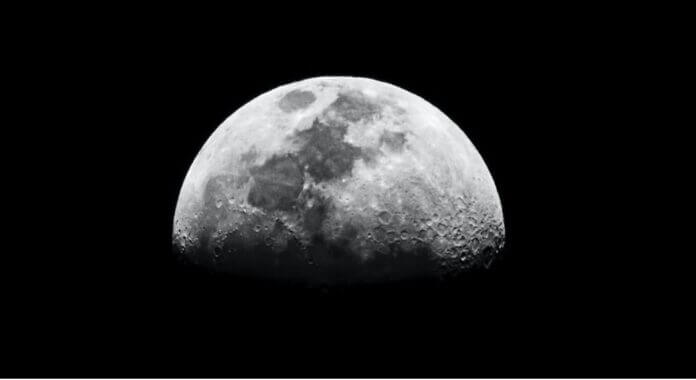Scientists have been attempting to understand the origin of the moon for years since it is one of the most fascinating objects in our solar system. Because it is Earth’s nearest celestial neighbour, the moon has a big influence on our world. The moon has an impact on many areas of Earthly existence, including tides and eclipses. But how did it happen?
The Giant Impact Hypothesis is currently the most popular explanation for the genesis of the moon. According to this idea, the moon developed from the leftover pieces when a Mars-sized asteroid struck the early Earth. The force of the collision was so great that it melted the Earth’s surface and launched debris into orbit. The moon was eventually formed from this material.
Support for this theory comes from the similarities between the Earth and moon, such as their chemical composition and isotopic ratios. Additionally, computer simulations of the Giant Impact scenario have produced results that are consistent with the observed characteristics of the moon.
However, there are some inconsistencies with the Giant Impact Hypothesis that need to be addressed. For example, the moon is significantly less dense than the Earth, and its composition is different in several key ways. Scientists are still working to explain these differences and refine the theory of the moon’s origin.
Another theory that has gained attention in recent years is the Capture Hypothesis. This theory suggests that the moon was not formed from debris from the Earth, but rather was captured by the Earth’s gravitational field. However, this theory is not as well supported by scientific evidence, and it faces several challenges in explaining the similarities between the Earth and moon.
The Future of Moon Research
The moon continues to be a subject of intense scientific interest, and future missions to the moon will provide new data and insights. NASA’s Artemis program, for example, aims to send astronauts back to the moon by 2024, and this will provide opportunities for new observations and experiments.
One of the greatest mysteries in our solar system is still how the moon came to be, and researchers are still trying to figure it out. To properly comprehend how the moon came to exist, there is still considerable work to be done. We may anticipate making interesting new discoveries about this intriguing object and its impact on our planet as we continue to study the moon and collect new data.



